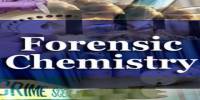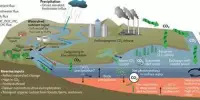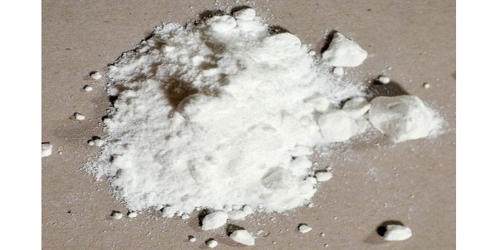The Calvin cycle (sometimes called the Benson-Calvin cycle) is a series of chemical events that occur in chloroplasts during photosynthesis. The cycle is light-independent because it occurs after the energy from sunshine has been gathered.
The Calvin cycle is named after Melvin Calvin, who discovered it and received the Nobel Prize in Chemistry in 1961. Calvin and his colleagues, Andrew Benson and James Bassham, conducted the research at the University of California, Berkeley.
Steps
The steps in the cycle are as follows:
1. Grab: A five-carbon carbon catcher called RuBP (Ribulose bisphosphate) catches one molecule of carbon dioxide and forms a six-carbon molecule.
2. Split: the enzyme RuBisCO (with the energy of ATP and NADPH molecules) breaks the six-carbon molecule into two equal parts.
3. Leave: A trio of carbons leave and become sugar. The other trio moves on to the next step.
4. Switch: Using ATP and NADPH, the three-carbon molecule is changed into a five-carbon molecule.
5. The cycle starts over again.
Occurrences
The Calvin Cycle occurs in the stroma of chloroplasts and involves a series of biochemical reactions that ultimately convert carbon dioxide into glucose, which is used as an energy source by plants and other organisms. Here’s a simplified overview:
- Carbon Fixation: Carbon dioxide from the atmosphere is combined with a five-carbon sugar molecule, ribulose bisphosphate (RuBP), with the help of an enzyme called RuBisCO (ribulose-1,5-bisphosphate carboxylase/oxygenase). This forms a six-carbon molecule that quickly splits into two three-carbon molecules, 3-phosphoglycerate (3-PGA).
- Reduction Phase: The light-dependent reactions generate ATP (adenosine triphosphate) and NADPH (nicotinamide adenine dinucleotide phosphate), which are then used to convert the 3-PGA molecules into a three-carbon sugar known as glyceraldehyde-3-phosphate (G3P). Some G3P molecules are then utilized to replenish RuBP and continue the cycle, while others are used to produce glucose and other carbs.
- Regeneration of RuBP: The remaining G3P molecules are rearranged and phosphorylated, regenerating RuBP, the Calvin Cycle’s starting molecule. This is a process that requires ATP.
The Calvin Cycle is required for the synthesis of organic compounds, including glucose, which is a key energy source for plants and a precursor to the production of other important biomolecules. It runs continuously as long as ATP, NADPH, and CO2 are available.
















